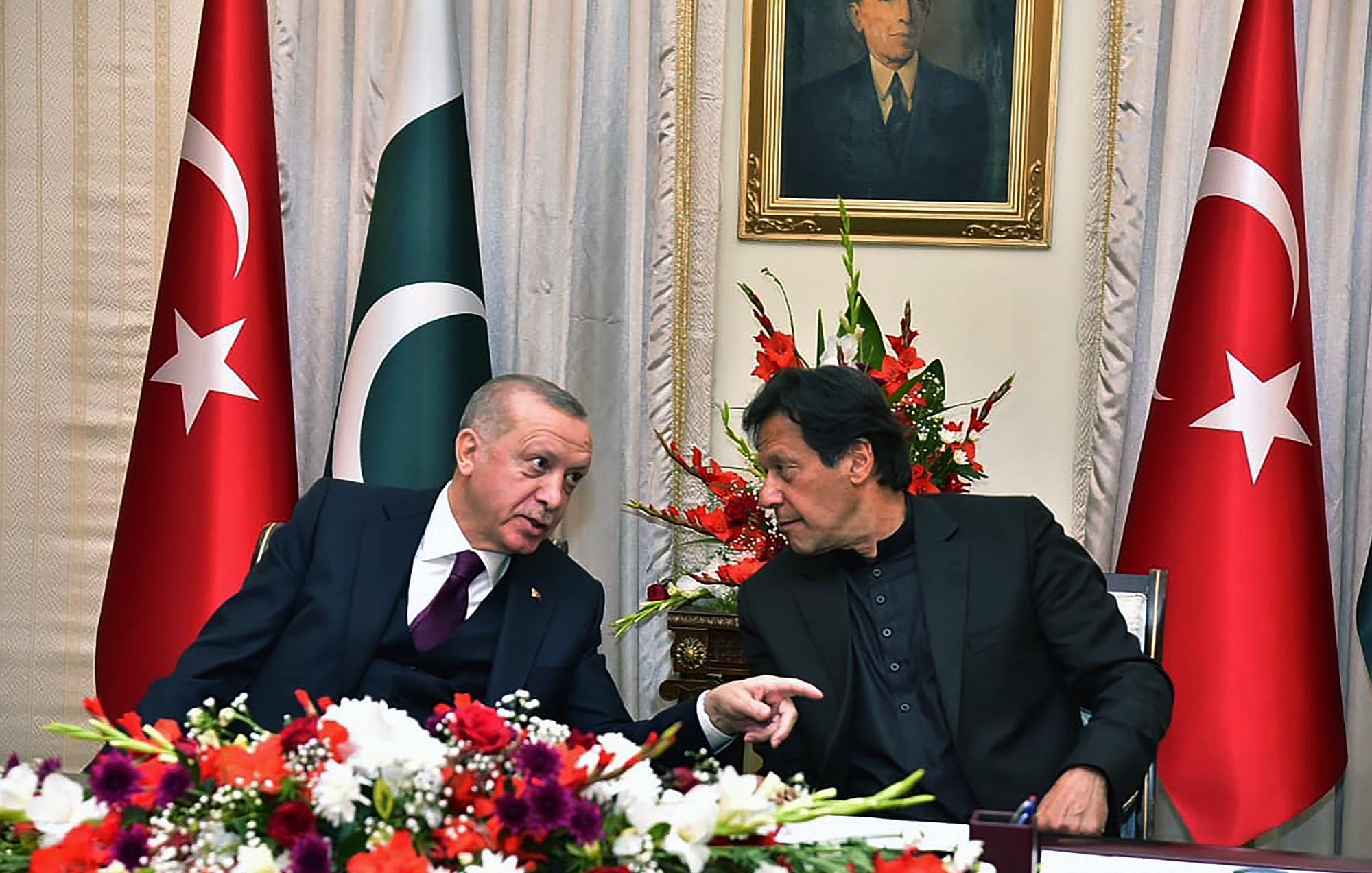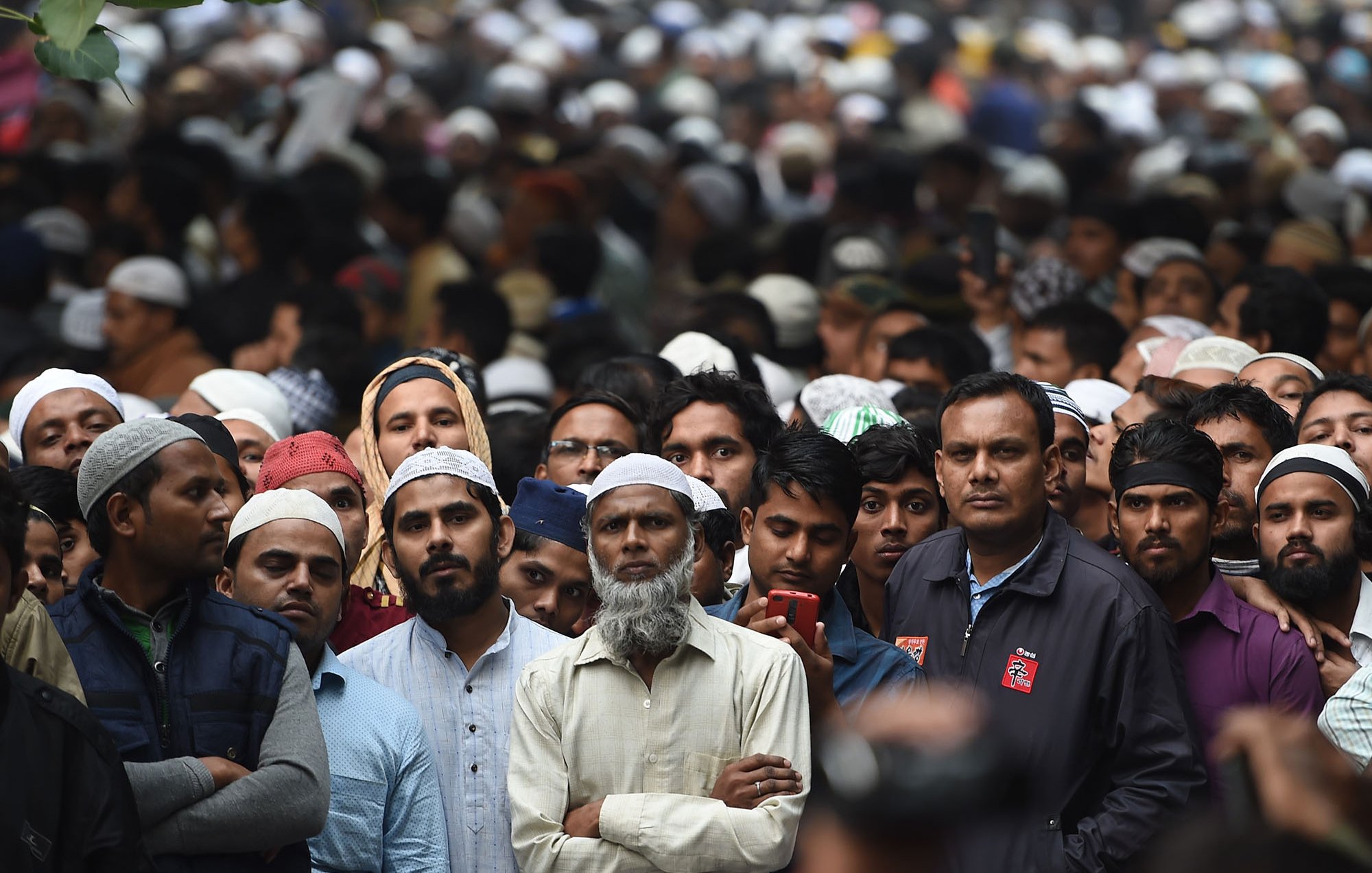Olivier Da Lage
Journalist. Latest books: L’Inde, désir de puissance, Armand Colin, 2017 et L’essor des nationalismes religieux, (dir.), Demopolis, 2018.
-

Since the middle of the 1950s, (…) -


